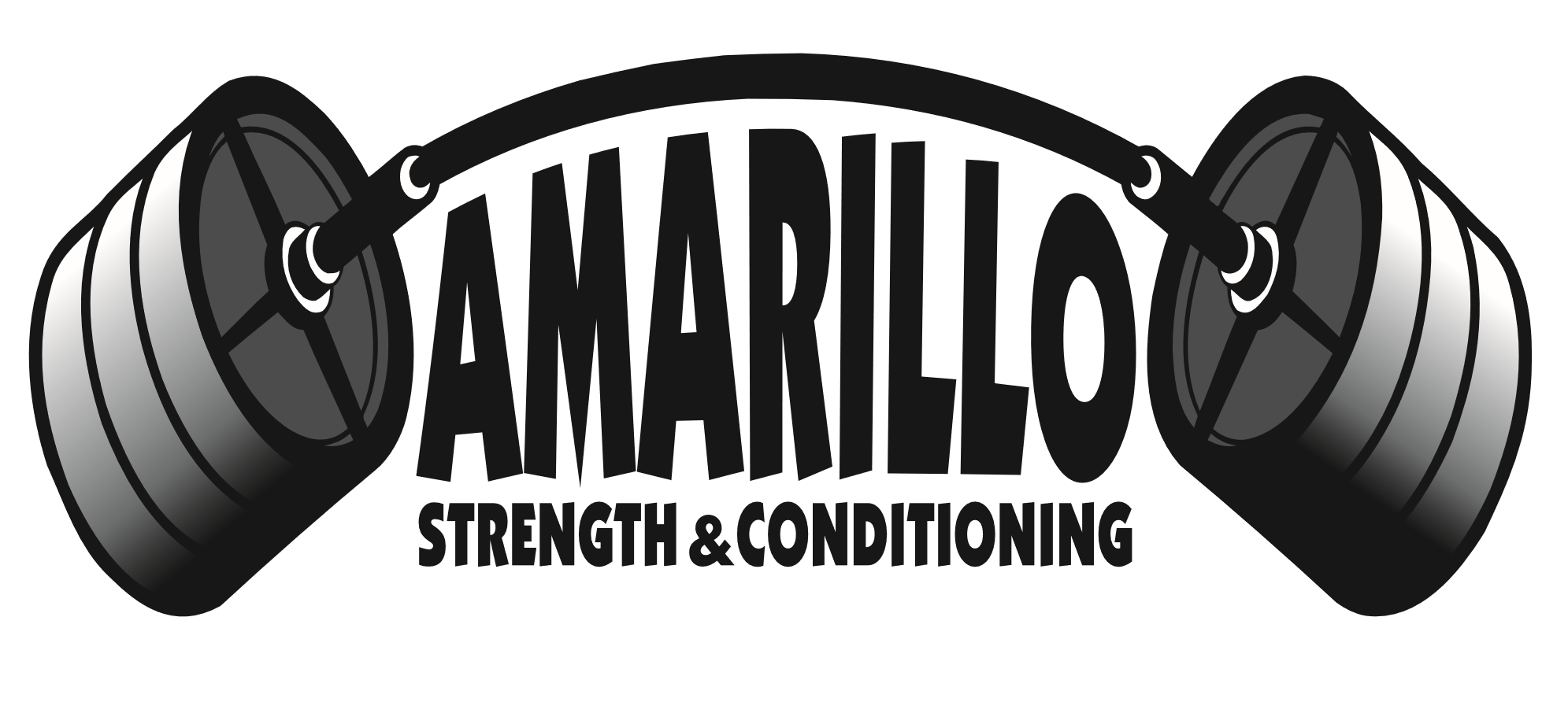Strength
Strength is the ability to produce force against an external resistance. Strength training is planned physical activity that produces an increase in strength as the desired adaptation. Since the basis of all exercise is stress, recovery from stress is the body's way of preparing itself for a potential future exposure to the same stress. The process of stress and recovery results in adaptation. By training we take advantage of the natural phenomenon of stress, recovery, and adaptation to prepare for a specific physical task.
Strength training is the most useful of all the disciplines of fitness, because the stronger you are the more force you can produce in any dynamic. Whether your activity involves sprinting, hitting, throwing, moving a barbell for time, or simply walking up a flight of stairs, a stronger you is a better you. Strength training is also important for injury prevention; adhering to a well-designed strength program will not only strengthen muscles, but it will also strengthen bone, tendons, ligaments, and joints. Unfortunately, misconceptions about strength training are common and leave many missing out on an improved quality of life and/or maximized athletic performance. At Amarillo Strength & Conditioning our mission is to teach people how to effectively train for strength and reap the associated benefits for general health.
Why use a barbell?
The barbell is the most useful tool for developing strength and is the most versatile training implement in the weight room. As opposed to a machine, the barbell's extremely adjustable nature allows small increases in stress to be applied over time. Barbell exercises (such as squat, press, and deadlift) are performed over the full range of motion of all the major leverage systems of the body. A machine isolates joints, but a barbell uses the joints in conjunction with one another to perform normal human movements. This multi-joint stress causes a more "functional" training adaptation, not only improving strength, but also improving flexibility and balance.
Will increased strength negatively affect my conditioning?
Does a larger engine slow down the vehicle? Increasing strength increases the ability to produce force in your environment. Increasing your maximal force production will make less than maximal tasks easier to handle. For example, if you increase your one rep max for the clean and jerk from 135lbs to 185lbs, the CF benchmark "Grace" (30 repetitions of 135lb clean and jerk) will become a submaximal effort. Since 135lbs is now a fraction of your ability, the task will be that much more manageable. Even for endurance activities, increased strength makes repetitive submaximal repetitions even more submaximal.
Will strength training make me look bulky?
Many miss out on the incredible benefits that strength training has to offer because of myths and misconceptions regarding this component of fitness. Strength training increases the amount of lean muscle mass on your body and with increased muscle mass, the body becomes more "metabolically expensive" and burns more calories, even at rest. Increase in muscle mass not only offers aesthetic appeal, but the general health benefits received from this type of training are numerous: stronger bones and healthier joints, better balance and reduced risk of falls, sustained independence later in life and decreased risk of insulin resistance and diabetes.



